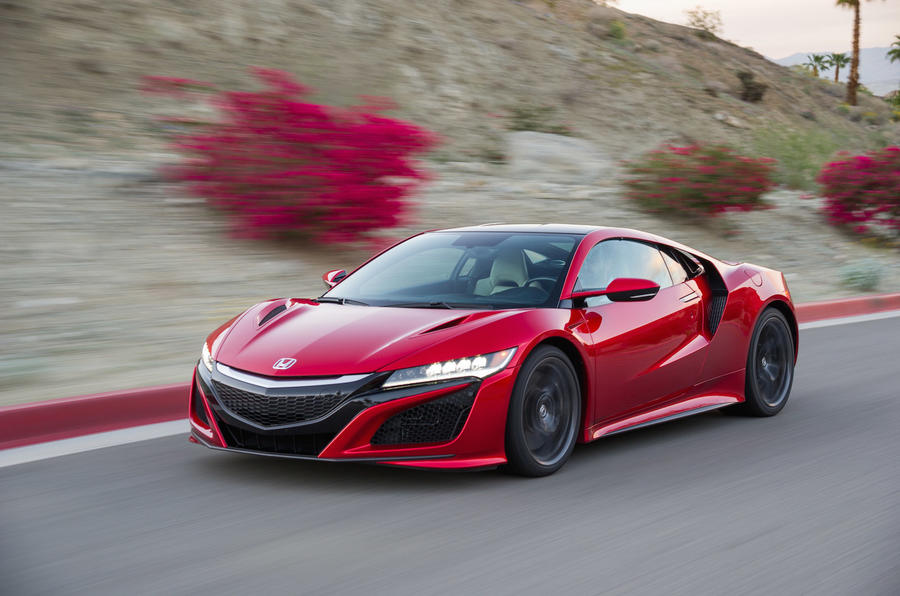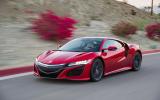What is it?
Ah, the Honda Honda NSX. What kept you, old friend? It has been a while but it has not, apparently, been so long in gestation as we thought.
Yes, there was a front-engined V10 Advanced Sports Car concept (2007) whose engine, albeit nothing else, eventually went racing. And yes, then there was a transverse-mounted V6 NSX concept (2012), which featured a naturally-aspirated motor like that of the first NSX.
Then a small team from Honda (and Acura, its more luxurious/sporting brand) in North America was put in charge of the project – although don’t think that this has been anything other than a globally developed car, you understand – and they said that, you know, really, honestly, a V6 isn’t going to be enough for a super sports series car today, and could Honda’s engine boffins in Japan go away and come up with something a little more boisterous? A little more worth the name of the New Sports eXperimental.
Honda NSX Type R under consideration
That was only two years ago. No engine, no car to put it in, and a team of people who hadn’t much experience of what you and I call sports cars.
Honda Japan donated the team three engineers, veterans of the original NSX project. That boosted the total number of engineers on the team who’d previously worked on a sports car to three.
And yet, here we are. It’s a curiously Honda-ish thing to do, I should add. Take a small group of bright young people, and give them their head. Honda’s North American line-up might not have sports car form, but don’t think the people there aren’t purists or enthusiasts. They race cars and bikes in their spare time. They understand.
And where they lacked contemporary knowledge, they bought it: Honda wrote cheques for a Ferrari 458 Italia, an Audi R8 V10+ and a Porsche 911 Turbo. That’s not terribly unusual. The fact that the team got a 991 GT3 solely to benchmark it for steering feel tells you they get people like you and me.
The original NSX was meant to do what the contemporary mid-engined Ferrari was meant to, at half the price, while being as daily usable as supercars then were. The brief today is similar: better those rivals (albeit that the benchmarked R8 and Ferrari have since been replaced), while (slightly worryingly) giving the retired, wealthy residents of, say, Palm Springs, something to consider for driving to golf the course, too. The boot, at the very back, is wide enough for a set of clubs. The NSX is meant to be a road car that happens to be happy on a circuit.
The details, then. The body – R8ish in proportion, but more angular, with scoops and vents essential for the 10 radiators – is a mixed-material spaceframe in the Audi sense that you’d probably call it a monocoque. There are only two seats, and the engine, a newly-developed 3.5-litre V6 with two turbochargers, sits longitudinally behind the cabin. It’s mounted low, dry sumped to allow it to sit even more so, with turbos outside the banks rather than atop the 75-degree vee, and with exhausts and silencers that are so low that the boot sits above them. (Your clubs will be warmed nicely.) The centre of gravity is close to the ground, in other words.
Untameables - Honda NSX vs Peugeot 205 GTi vs Ford Sierra RS Cosworth















































Join the debate
Add your comment
It seems nice enough. But not
How long is a piece of string?
Not convinced by the looks